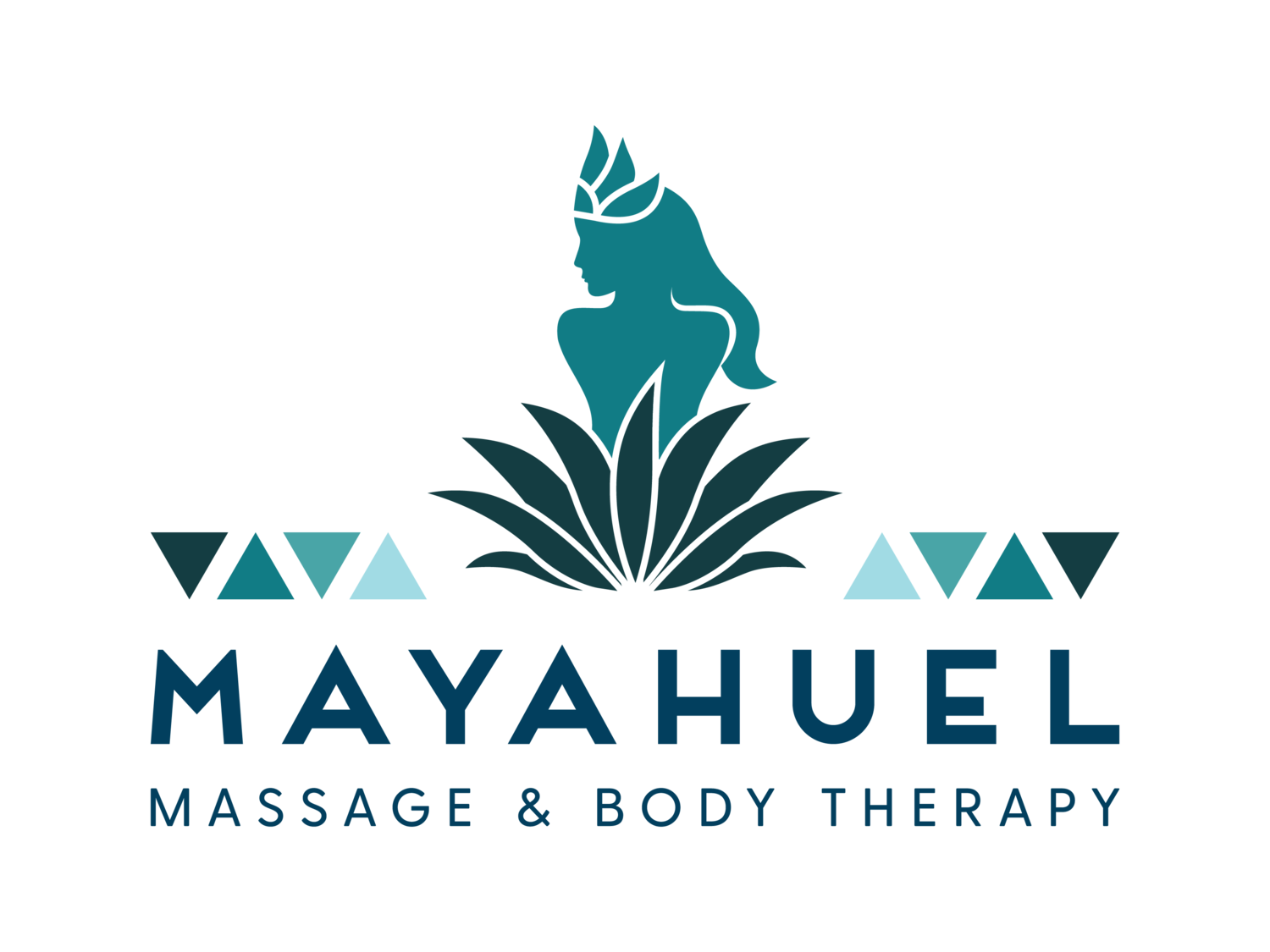
Postpartum Belly Binding Benefits
Core support: Many women have an issue called diastasis recti during pregnancy or postpartum. This is the separation of the abdominal muscles from the growing uterus and baby within. This can lead to the “mommy pouch” that never seems to go away. Binding helps to bring those muscles together during the healing period after birth so that they more easily strengthen. It is important to note that belly binding does NOT strengthen your core, it supports your core until you are able to implement a core strengthening routine. You should always consult your provider or a physical therapist before beginning a core strengthening routine if you have diastasis recti so you don’t make your problem worse.
Pelvic support: When a woman is pregnant her body releases a hormone called relaxin; this hormone is responsible for the ligaments in her body to relax and loosen so that her baby may move more easily through the pelvis during birth. Relaxin remains in the body for several months after birth. Binding postpartum takes advantage of the relaxin in her body puts gentle pressure on the hips/pelvis helping bring those hips back to their pre-pregnancy state.
Lower back support: Abdominal muscles are directly related to the back muscles. When one is strengthened the other must also be strengthened. When one is weakened, it affects the other as well. When these core muscles are not supported it can cause back problems and even injury.
Pelvic floor support: Just as the core muscles are interconnected, the pelvic floor muscles are connected to both the core and the glutes. When your core is supported, you are better able to do the proper exercises to support the pelvic floor; i.e. SQUATS.
Breastfeeding: One of the first you hear when you learn how to position yourself to breastfeed is “bring the baby to the breast, not the breast to the baby”. This means, don’t lean forward and strain your neck to feed. Sit back, relax, and bring baby to the breast. Binding can assist with this by simply encouraging your body to have good posture while you feed.
Seven reasons massage helps during high risk pregnancy include its ability to:
Reduce stress, encourage healthful sleep and promote relaxation – especially needed during a high-risk pregnancy
Provide emotional support and physical nurturing – especially for those alone during their pregnancy or who feel scared because of their risk status
Reduces or alleviates neck, back and joint pain caused by posture, muscle weakness, tension, extra weight or imbalance – especially needed in women over age 35, who are obese or who are carrying multiple fetuses
Relieves muscle spasms, cramps and fibrosis – all of which can be intensified by several pregnancy risk factors
Via relaxation, reduces blood pressure – especially valuable to a woman with pre-eclampsia
Increase blood and lymph circulation which minimizes the edema, varicose veins and leg cramps common with pregnancy and exacerbated in many high-risk pregnancies
Encourage deeper and easier breathing – especially important for women with asthma or lung problems
